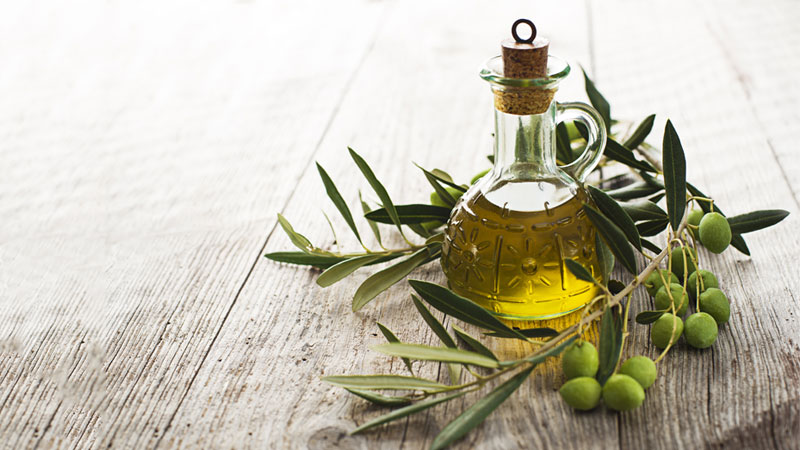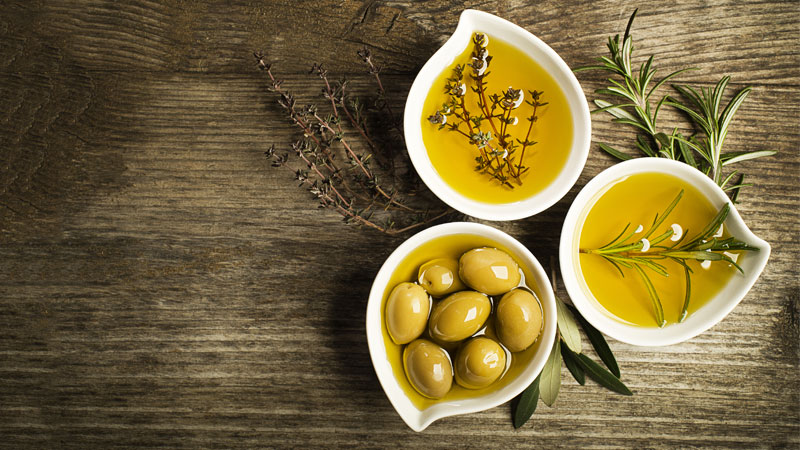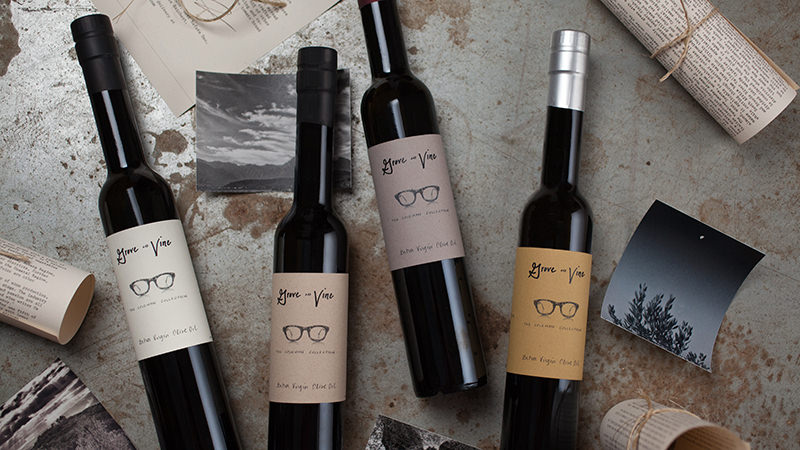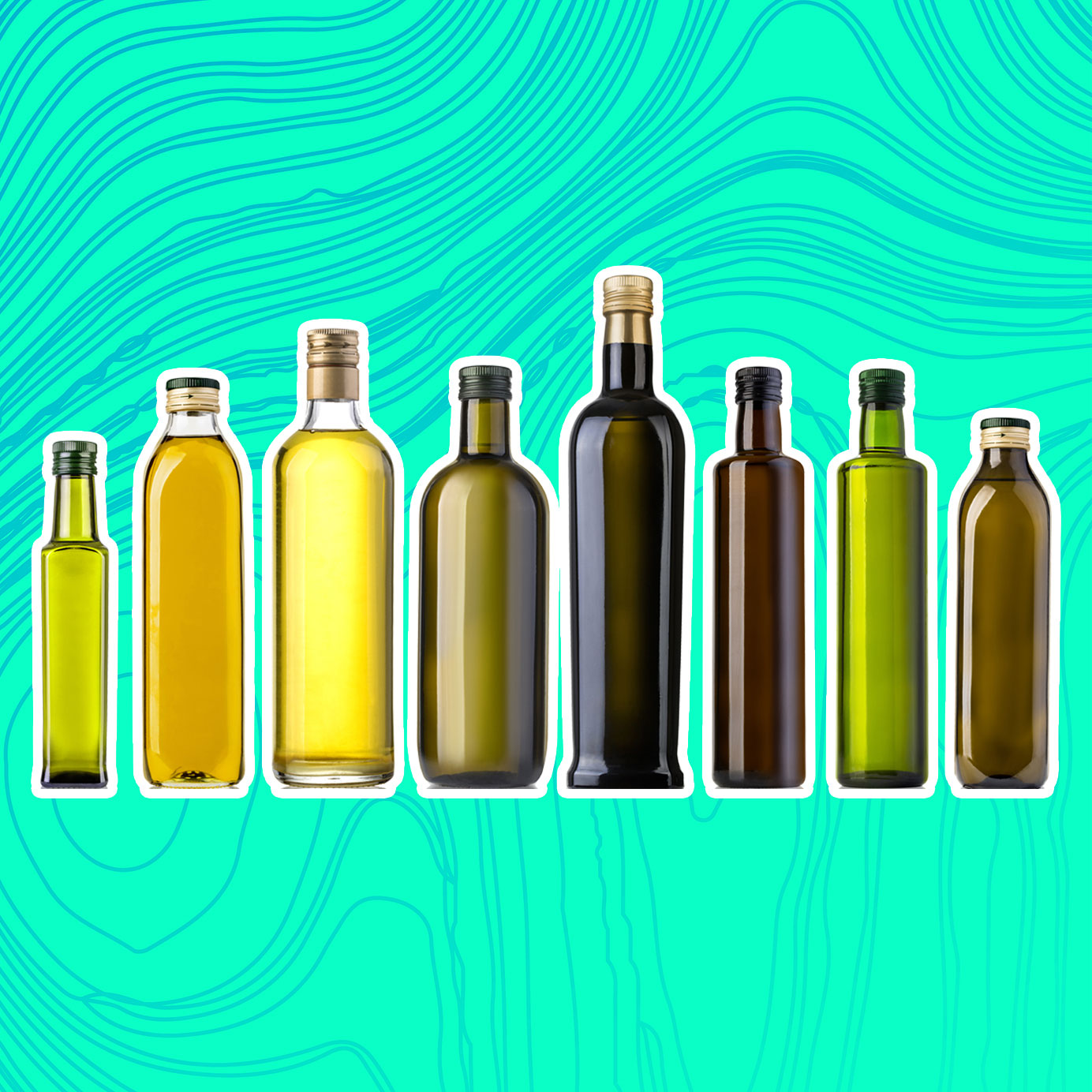After a tan, the best souvenir from any Mediterranean vacation is a bottle of fancy olive oil. It becomes more of a talisman than pantry item once back home, to be used sparingly and only on special occasions.
It turns out that economizing instinct is all wrong. We should be enjoying our best olive oils right away.
“You never want to age olive oil,” oleologist Nicholas Coleman says. “Think about it like fresh beer: It’s meant to be consumed quickly.” Co-founder of Grove & Wine, Coleman travels the globe to hand-pick and import the world’s best-quality olive oils at their peak.
Freshness is key to quality olive oil, Coleman says, in terms of both health benefits and flavor. “If you want to get your money’s worth, try to use your oil within three months,” he adds.

Olive oil is made by separating solids and oils from juiced fruit. The finished product has more in common with fresh-squeezed O.J. than the canola, sesame, or mustard oils with which it’s usually stored. Those oils are extracted by adding heat or chemical solvents to ground seeds, giving them longer shelf lives but fewer health benefits.
At peak freshness, olive oil is loaded with antioxidants and polyphenols, the plant-based chemicals believed to counteract the development of cancers, high blood pressure, heart disease, and diabetes. Those health benefits, as well as the optimal taste of olive oil, degrade over time.
“The most important thing for consumers to remember when they’re purchasing extra-virgin olive oil is that it is not wine: It does not get better with age,” Gregg Kelley of California Olive Ranch tells NPR. “It’s never better than the day it was produced.”
Extra-virgin is one of four categories of olive oil. Those bottles have low acidity and pass a sensory (taste and smell) laboratory test with no defects. Oils labeled “virgin” have slightly more acidity and some defects. The misleading named “pure” category has defects and between 2 and 3.3 percent acidity. Lampante oil is unfit for human consumption.
“That being said, just because an oil is extra-virgin doesn’t mean you’re going to like it,” Coleman says. “It just means it’s not defective.”
Filtration is another complicated issue. Oils labeled “unfiltered” are not necessarily better, even though the terminology might appeal to those in favor of biodynamic and natural wines. Unfiltered oils contain more macro and microscopic particles of olive sediment that, if left in a bottle for too long, can go rancid.
“And no one country has the monopoly on quality oil,” Coleman adds. Instead of prioritizing Italy over Greece, for example, he suggests seeking out the freshest bottles made with responsible farming techniques.
Here are four ways to tell if the olive oil you are purchasing is fresh and high-quality.

1. Look for the Harvest Date
Freshness is a major component of quality, Coleman says. If your olive oil hails from the Northern Hemisphere, the harvest date should be no later than fall 2017. If it’s from the Southern Hemisphere, look for May 2018.
The gallon-sized jugs or tins sold at bulk stores can be tempting for those who cook with a lot of oil, but the best way to ensure quality and freshness is to buy yours in smaller containers.
Never buy an olive oil that is more than two years old — after two years, olive oil goes rancid.
2. Get Location-Specific
The best oils come from olives that grow together. As with wine labels, terms like “single estate” and protected areas of origin are quality indicators.
“If the oil is blended, that means those olives didn’t grow together and don’t go together,” Coleman says.

3. Cultivars are Key
As with wine, the type of olive harvested indicates what sorts of flavor your oil will have.
Younger, greener olives produce more oil and have grassy, bitter flavors with a black-pepper aftertaste. As olives mature their colors darken to that dark, Kalamata-esque, purple-black color. Oil from those olives will have richer, sweeter notes of almond and fruit.
Don’t see any information about olive species on your bottle? Buyer beware. “It’s like if a bottle of wine just said, ‘red,’” Coleman says. Good producers share as much information as possible about the type of fruit they’re using, be it grapes or olives.
4. The Darker the Bottle, the Better
Light causes olive oil to degrade. If you see an olive oil in transparent or pale glass at a grocery store, it’s already been damaged by light. Moreover, it calls into question how the olive oil was farmed, pressed, and transported. Better to invest in oil that’s treated with care every step of the way.
